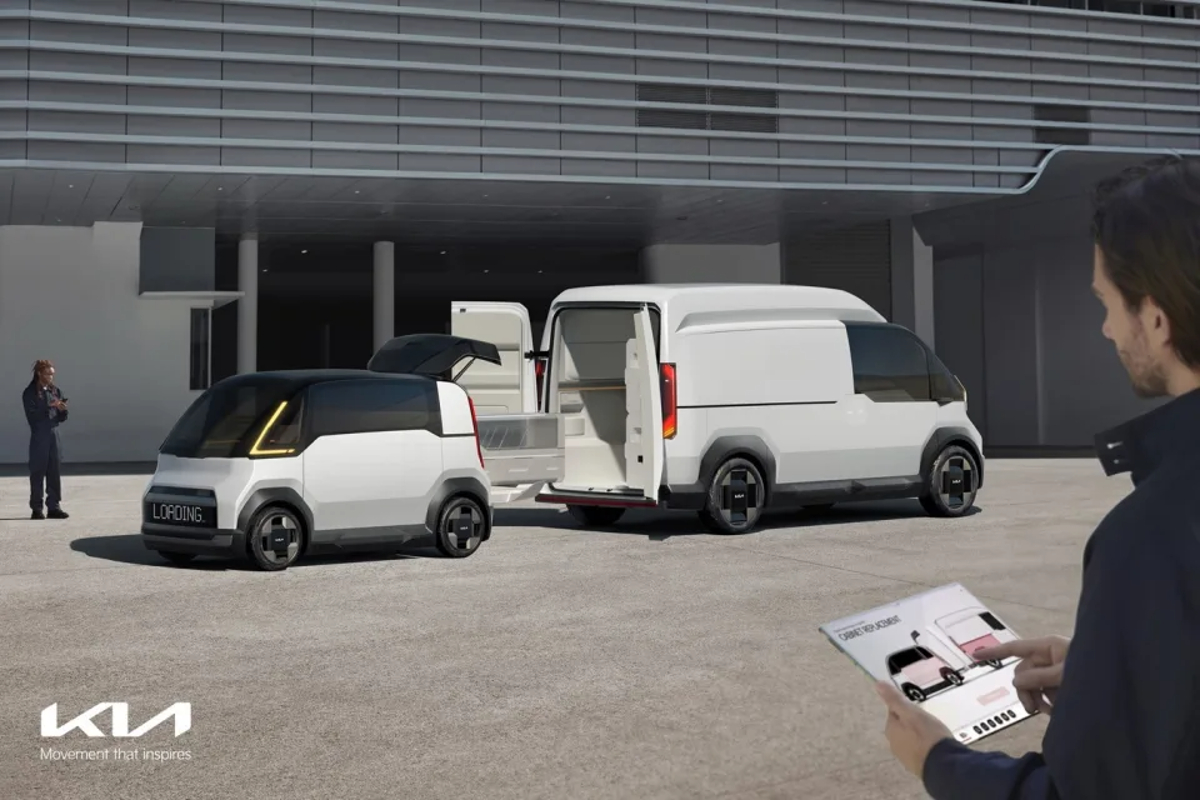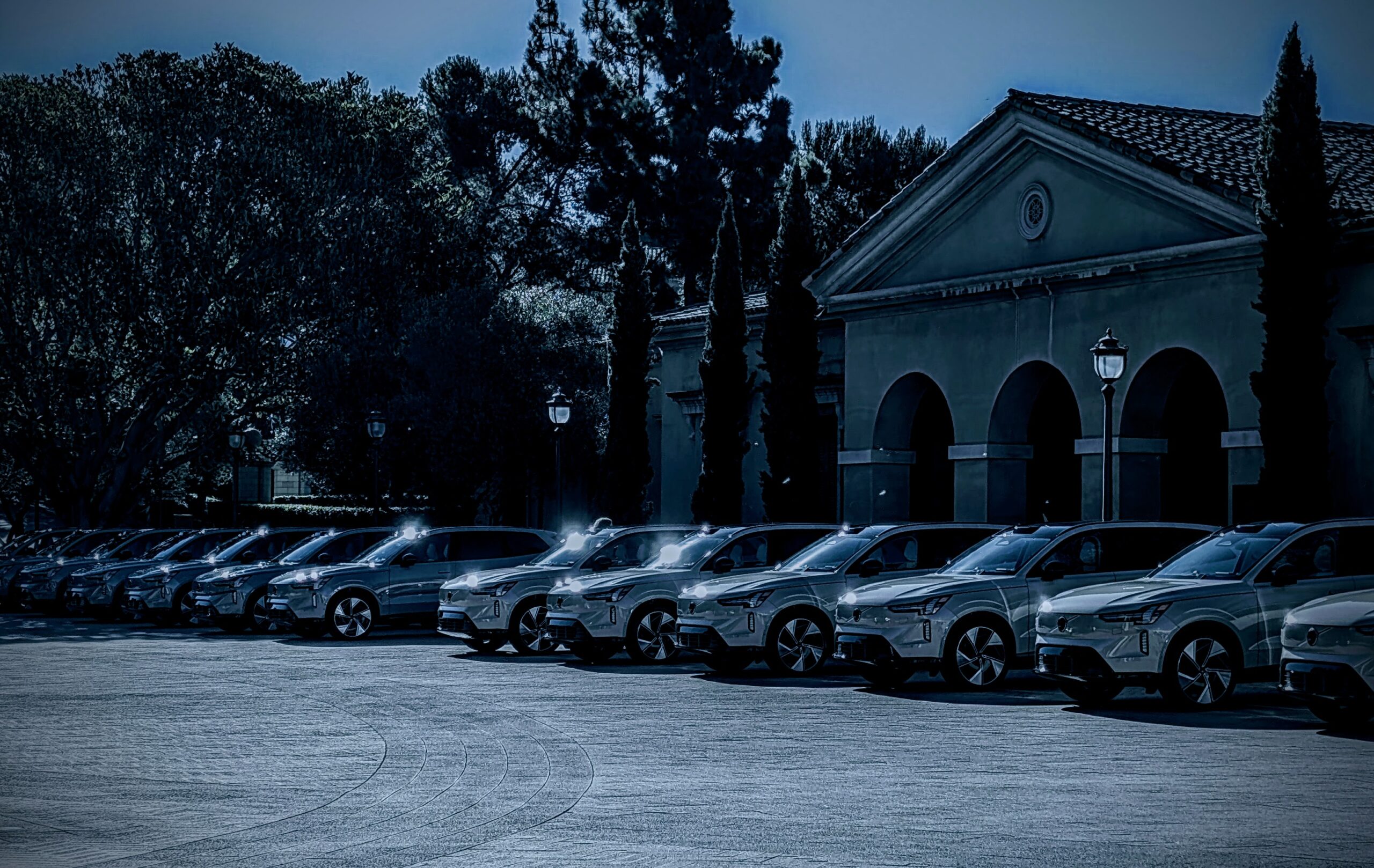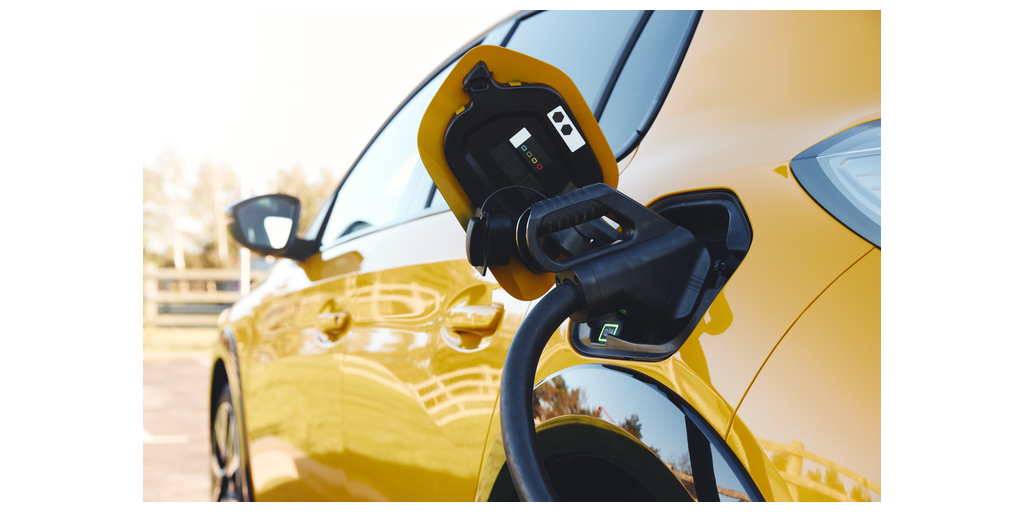Sign up for daily news updates from CleanTechnica on email. Or follow us on Google News!
Kia Europe has a plan to become the go-to choice in Europe and the UK for battery-electric light commercial vehicles, known in the auto industry as LCVs. The light commercial vehicle is how business gets done. It is the van that painters, plumbers, carpenters, and electricians use to get to a job site with all the tools and supplies they need. It is how most things get delivered, from flowers to packages, and office furniture to auto parts. An LCV is dead simple. It is a box on wheels with a place for a driver and one passenger and big doors to make loading and unloading easy.
Many companies have dreamed of manufacturing an electric version of the light commercial vehicle, primarily because the major automakers have shown little interest in doing so. Workhorse was one of the first with its N-Gen all-wheel drive van, a product we thought would be a sure winner. StreetScooter decided to build its own electric delivery vans after it couldn’t find a manufacturer to make them. Chanje said it would make one, as did Arrival and several others. Today, Mercedes has the E-Sprinter, Ford has the E-Transit, and Ram has the Promaster EV, but all those other companies have fallen by the wayside.
At CES 2024 earlier this year, Kia unveiled its Platform Beyond Vehicle lineup. What it calls PBVs are intended to be a total mobility solution that combines fit-for-purpose EVs with advanced software solutions based on the Hyundai Motor Group’s software-to-everything, or SDx, strategy. In a press release, Kia said each Kia PBV is designed to open the door to new businesses and lifestyles by redefining the concept of space thanks to advanced, tailored interiors that provide freedom and flexibility. “Kia’s PBV business represents our vision of going beyond the traditional concept of automobiles by fulfilling the unmet needs of diverse customers and communities through optimized vehicles and services catering to specific market and business circumstances,” said Ho Sung Song, Kia president and CEO.
Moving forward, the company has a three-part plan to implement its PBV strategy. In phase one, the company plans to introduce the PV5, a versatile EV optimized for ride-hailing, delivery services, and utilities. Enhanced data connectivity between vehicles and external data such as route or delivery information is intended to enable convenient operation of multiple vehicles as a software-defined fleet. In phase two, Kia expects the PBV program to evolve into AI-based mobility platforms that use data to interact with users and help keep vehicles updated. An integrated PBV solution can help provide a customized, seamless experience across devices and software. In phase three, PBVs are expected to evolve into highly customizable, bespoke mobility solutions by integrating with future mobility ecosystems.
One of the expected features of the PBV vehicles from Kia will be the ability to mount different bodies on the basic platform. Behind a fixed cab, or ‘driver zone’, a variety of interchangeable upper bodies, or ‘life modules’, can be connected to the base vehicle via a hybrid electromagnetic and mechanical coupling technology, turning the PBV into a taxi during the day, a delivery van at night, and a personal recreational vehicle on weekends (assuming one has the space to store multiple bodies and the financial resources to purchase them.) The weld-less body structure assembly is designed to enable all moveable components to be adjusted according to the need of the owner. Kia’s mission is to design PBVs that are easy and intuitive to operate and engage with, regardless of where, when or how they are used.
The idea may remind some readers of the vehicles being developed by Canoo, which says there will be a number of “top hats” that can be fitted to its battery-electric skateboard. The problem is that Canoo is having great trouble actually getting its vehicles into production and selling them to actual customers. Kia is a well established business with global ambitions. If it says it is going to do something, it probably will.
Kia Europe Has A Plan
Sjoerd Knipping, vice president of product and marketing for Kia Europe, tells Electrive the company plans to enter the light commercial vehicle sector in Europe and the UK with a fully electric lineup in accordance with the company’s overall global marketing plan. “We’re using all the experience we’ve built with dedicated passenger cars, but now opening up a complete new sector,” he said. The introduction will be phased, beginning with the PV5 model and followed by future offerings like the PV7, and will eventually feature those modular designs mentioned above. The PV5 is expected to be offered as a standard van, a high roof version, and chassis cab.
Many European cities are tightening their emissions regulations, which will increase demand for electric vans. Despite recent setbacks in the electric vehicle market, particularly in Germany, Knipping believes the timing is right. “The future is electric. It will not be a smooth line going up, but we see that more and more cities throughout Europe are banning combustion-based LCVs.” Kia’s new electric vehicles promise versatility with features like an “easy swap” system that allows users to adapt the vehicle for different purposes. Knipping noted that the system is still in the testing phase, but hinted at future capabilities. “A first use case is a simple box, and in a second ownership cycle, it could transform into a refrigerated box,” he said.
While Kia is not yet revealing specific pricing, Knipping assured that the offerings would provide competitive total cost of ownership. “We are bringing the customer a seven year, 150,000 kilometer warranty,” he said. Pricing details are expected to be available early next year. With an initial production capacity of 150,000 units — which could grow to 300,000 vehicles a year by 2030 — Kia is setting its sights on key markets like Germany, the UK, and France. Knipping said, “For me, this is the vehicle of the future in the LCV business.” In the future, Kia also plans to introduce a Robotaxi model developed with Motional (a joint venture between Hyundai Motor Group and Aptiv), which aims to provide a revolutionary autonomous hailing experience for passengers.
The Takeaway

The Kia plan hints at some interesting possibilities. The chassis cab configuration of the PV5 could allow the owner to slide a load bed in behind the cab to create a midsize electric pickup truck. “The PV5 pickup truck is not fixed yet,” Ho Sung Song said earlier this year. “This is just one example of a model based on the chassis cab model. The pickup is just one of these varieties of the PV5 chassis cab model. It’s not fixed yet, but we can try.” Anyone here interested in an affordable battery-powered light duty pickup? Wow, that sure is a lot of hands!
Chip in a few dollars a month to help support independent cleantech coverage that helps to accelerate the cleantech revolution!
Have a tip for CleanTechnica? Want to advertise? Want to suggest a guest for our CleanTech Talk podcast? Contact us here.
Sign up for our daily newsletter for 15 new cleantech stories a day. Or sign up for our weekly one if daily is too frequent.
CleanTechnica uses affiliate links. See our policy here.
CleanTechnica’s Comment Policy




